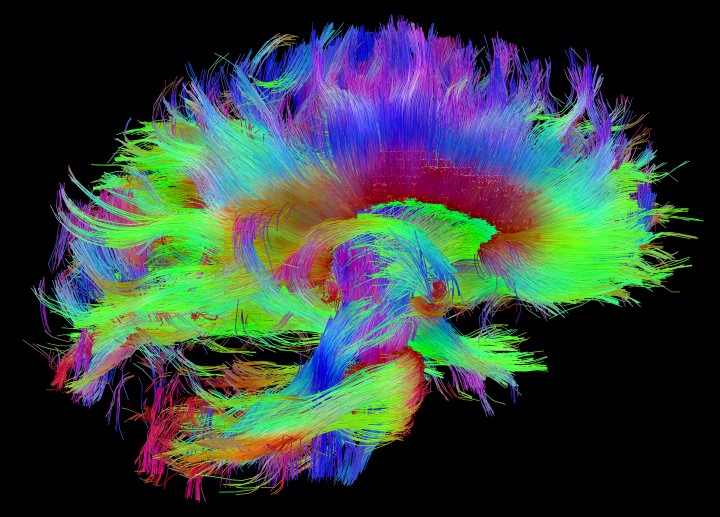Researchers explore decision-making process
White matter fiber architecture from the connectome.
April 5, 2018
A team of University researchers have found a connection between the differences in individuals’ brain networks and their decision-making.
“We believe the findings from our study represent a significant advance in understanding the foundations of everyday decision making in the brain and emphasize the importance of examining individual differences in how our brains function to predict real-world behavior,” said Tanveer Talukdar, lead researcher, in an email.
Decision-making depends on forming preferences, selecting and executing actions and evaluating outcomes, he said.
Talukdar said students should think critically before each decision they make because the research shows a heavy influence of bias and emotion on decision-making.
“In the near future, you will be able to use these findings and results to progress, not only in experimental research, but also in clinical,” Talukdar said.
Get The Daily Illini in your inbox!
Talukdar said knowledge of the relationship between functional connectivity and people’s decision-making could enable scientists to intervene and help people make better decisions.
He said the new understanding of the relationship between brain regions and people’s decisions may also set the stage for research that alleviates the effects of diseases, such as Alzheimer’s.
Based on a sample of 304 participants, the team examined how differences in the functional organization of each individual’s brain are related to real-world decision making.
Talukdar said the research team administered the Adult Decision-Making Competency test, a psychological evaluation tool that allows them to characterize the extent to which people are susceptible to specific biases in their decision-making.
“What the adult decision-making competency test does is it evaluates how you will make different choices based on some very real-world scenarios,” he said.
The researchers found the amount of influence social and emotional factors have on the decisions were associated with differences in the brain regions of each individual.
“We try to prove how these specific regions are engaged with some kind of large scale network in the brain,” Talukdar said.
Researchers also used Magnetic Resonance Imaging to measure brain activities of the participants in the study.
“The community structure of the human brain has been extensively studied through the application of resting-state functional MRI,” said Aron Barbey, a psychology professor at the University.
Researchers found differences in functional connectivity, which affects the decisions individuals made.
“You can have an intervention that could impact these brain regions which could make you make better decisions,” Talukdar said.







